The History of Herald Square: From Newspaper Headquarters to Retail Corridor
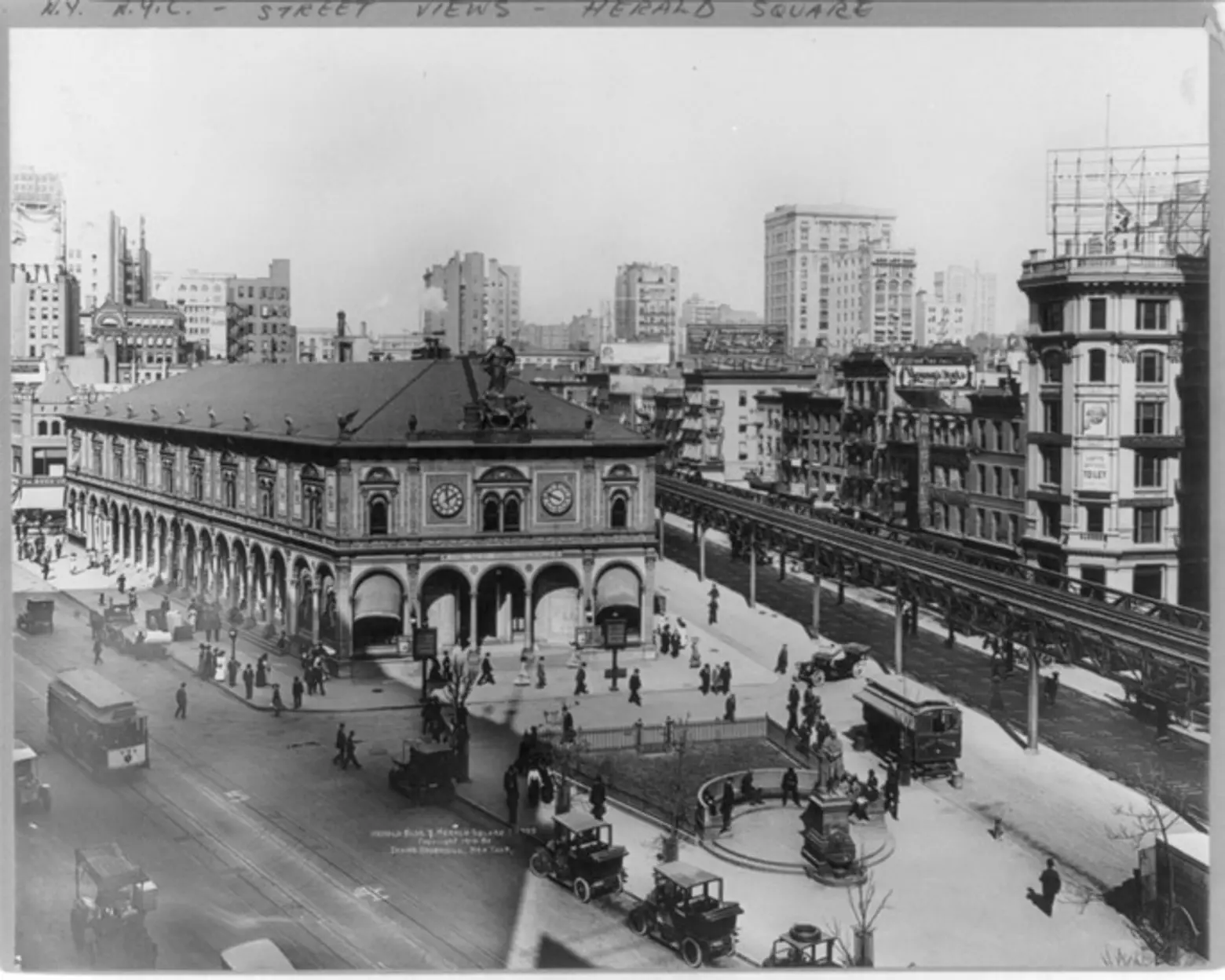
Image via Library of Congress
Herald Square is today known for many things. There’s the flagship Macy’s department store and the pedestrianized part of Broadway that extends to Times Square. And it serves as an epicenter of the retail corridor that now runs from 5th Avenue to 7th Avenue. Some may remember the song, “Give My Regards to Broadway,” from the George M. Cohan musical “Little Johnny Jones”with the iconic line, “Remember me to Herald Square.” But written in 1904, “Give My Regards to Broadway” references a very different Herald Square than the one we’re familiar with today.
Herald Square had its beginnings in 1846, when the city acquired the area for the extension of Bloomingdale Road, now Broadway. Its name comes from an architecturally distinctive building that once sat at the intersection of Broadway and Sixth Avenue: The New York Herald Building. Newspaper Row had traditionally been located downtown in lower Manhattan on Park Row, where heavy hitters like The New York Times, New York Tribune, and The New York World were all headquartered.
As a demonstration of how important Newspaper Row was, The New York World Building was the first building in New York City to surpass the height of Trinity Church, and it held the title for the world’s tallest building from 1890 to 1894. The domed building was unfortunately demolished in 1955 to accommodate the Brooklyn Bridge access ramp expansion.
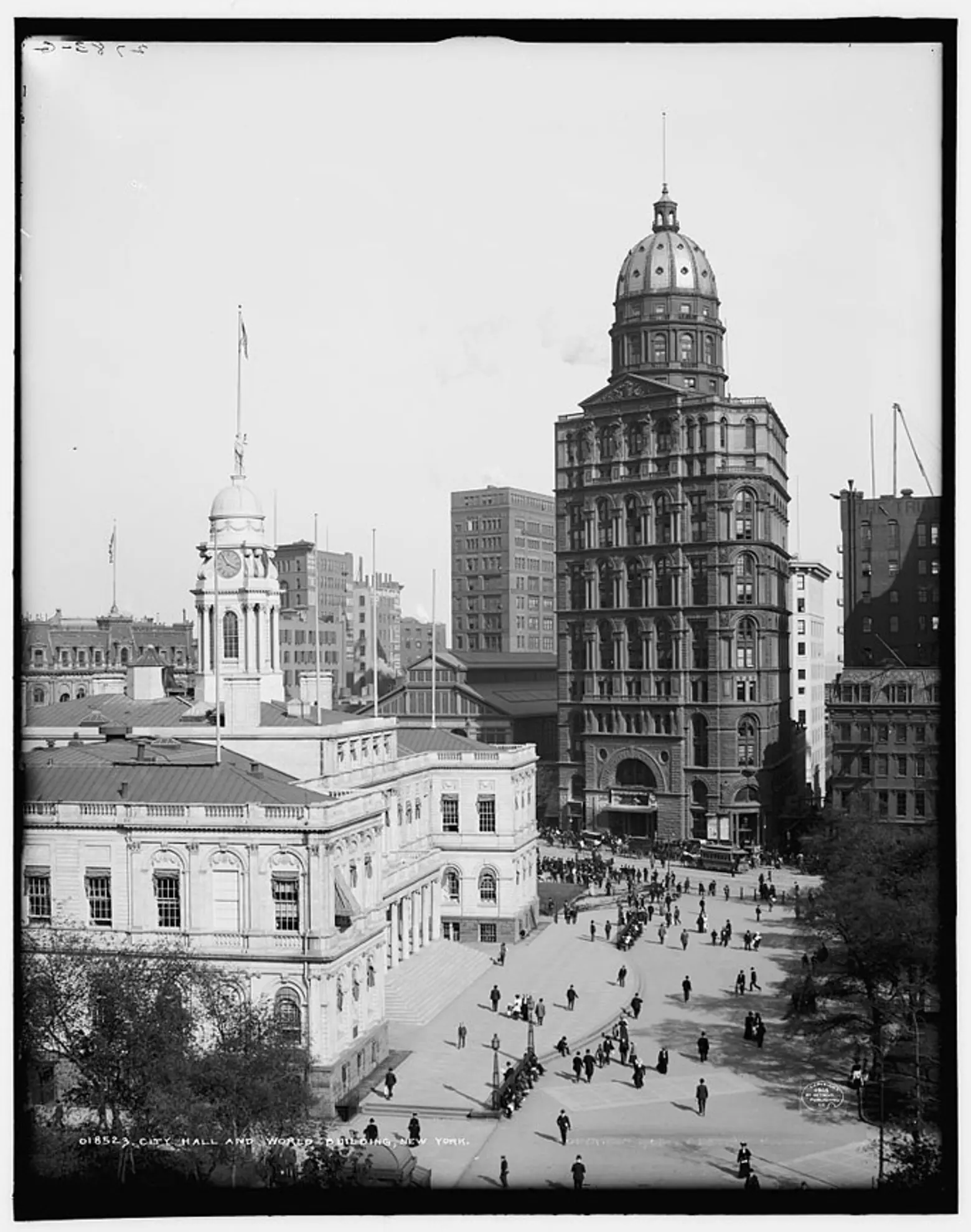 New York World Building, Image via Library of Congress
New York World Building, Image via Library of Congress
For The New York Herald to move from Newspaper Row to Herald Square in the 1890s was a bold and surprising move, commandeered by James Gordon Bennett Jr., the playboy son of The Herald founder. But given the newspaper’s penchant for sensationalist news (like the well-known Central Park Zoo hoax), perhaps it was only fitting. The new headquarters were designed by New York City architectural darling Stanford White, in a very close copy to the Renaissance Palazzo del Consiglio in Verona.
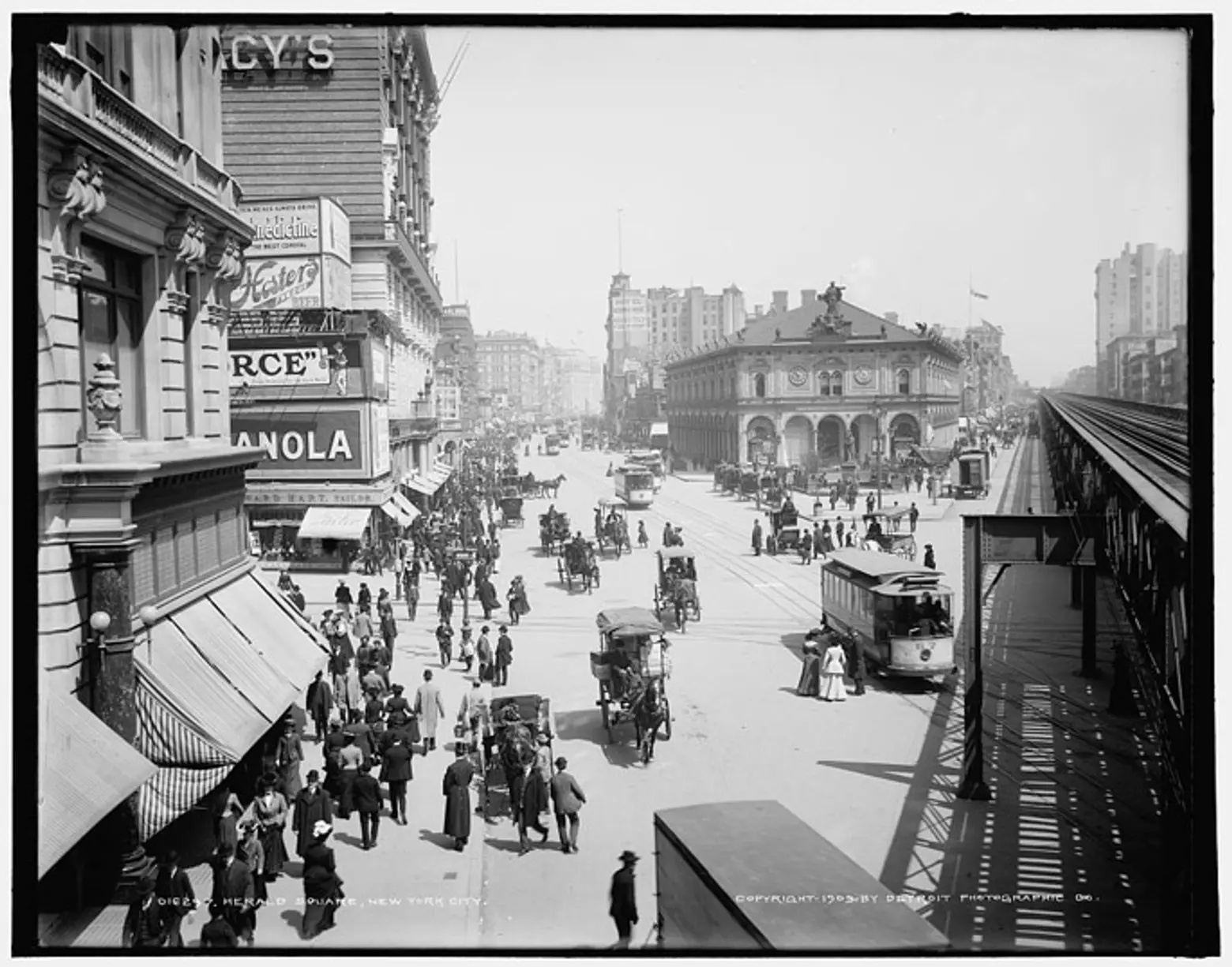 Image via Library of Congress
Image via Library of Congress
Bennett Jr. only took out a 30-year lease on the land, a sign of his real estate acumen. According to Daytonian in Manhattan,”When his manager questioned Bennett on building with only a 30-year lease, the publisher replied ‘Thirty years from now The Herald will be in Harlem, and I’ll be in hell!'”
The uptown migration of The Herald didn’t go unnoticed. The New York Times moved north in 1904 to Times Square, which was named after the publisher. The Herald didn’t end up in Harlem as Bennett had feared but was instead gobbled up by The New York Tribune in 1924 to become the New York Herald Tribune. In 1959, the newspaper was sold and its European edition was renamed the International Herald Tribune and run by The New York Times and Washington Post. In 2013, it was renamed the International New York Times, removing the final nomenclature reference to the once popular New York Herald.
The Herald Building itself was demolished in 1921, but some details remain. Two of the 26 bronze owls that once decorated the Herald Building were installed on the Herald Square monument in 1940, along with a figure of Minerva. Daytonian in Manhattan reports, “The owls were intended to symbolize the wisdom of the newspaper’s printed words.” Owls were also a particular obsession of Bennett Jr., who commissioned Stanford White to build a 125-foot owl statue that would hold his future coffin.
Meanwhile, Macy’s also made a move to Herald Square in the 1890s, coming from 14th Street and 6th Avenue. Today, visitors no longer notice the five-story building behind the enormous red Macy’s bag, but this corner lot was the result of a real-estate battle between department store moguls. Rowland H. Macy had a verbal agreement with the owner of the corner property, but Henry Siegel of the Siegel-Cooper store wanted Macy’s 14th Street building. His agent outbid Macy for the corner and intended to hold it hostage until Macy sold him the 14th Street building.
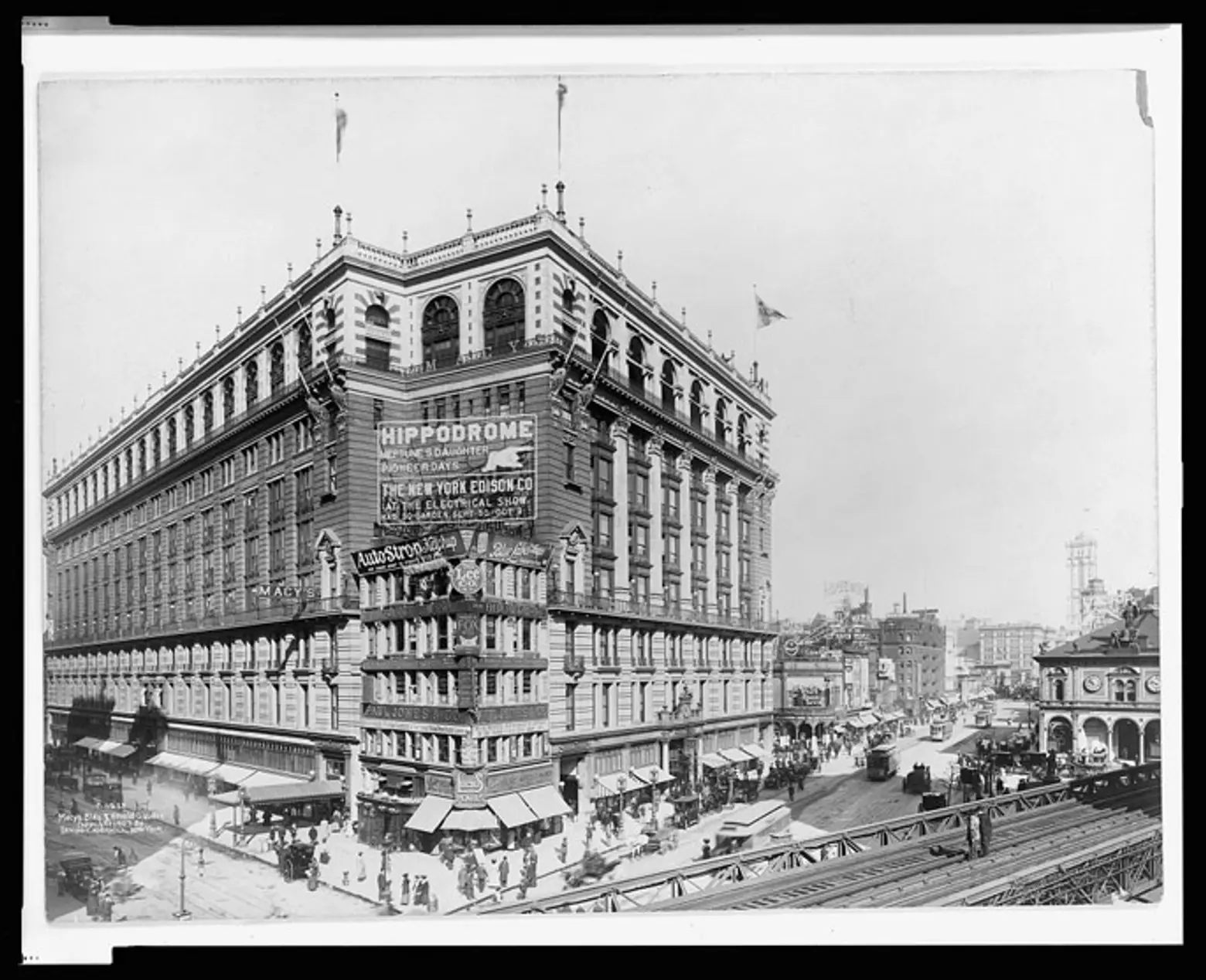 Image via Library of Congress
Image via Library of Congress
But Macy didn’t cave, and Siegel ended up demolishing the original corner building and building the five-story structure that stands there today. Around 1945, Macy’s began to advertise on the building, which has since evolved into the big shopping bag we see today. Still, even without this corner lot from Siegel, Macy’s held the title for largest department store in the world from 1924 to 2009.
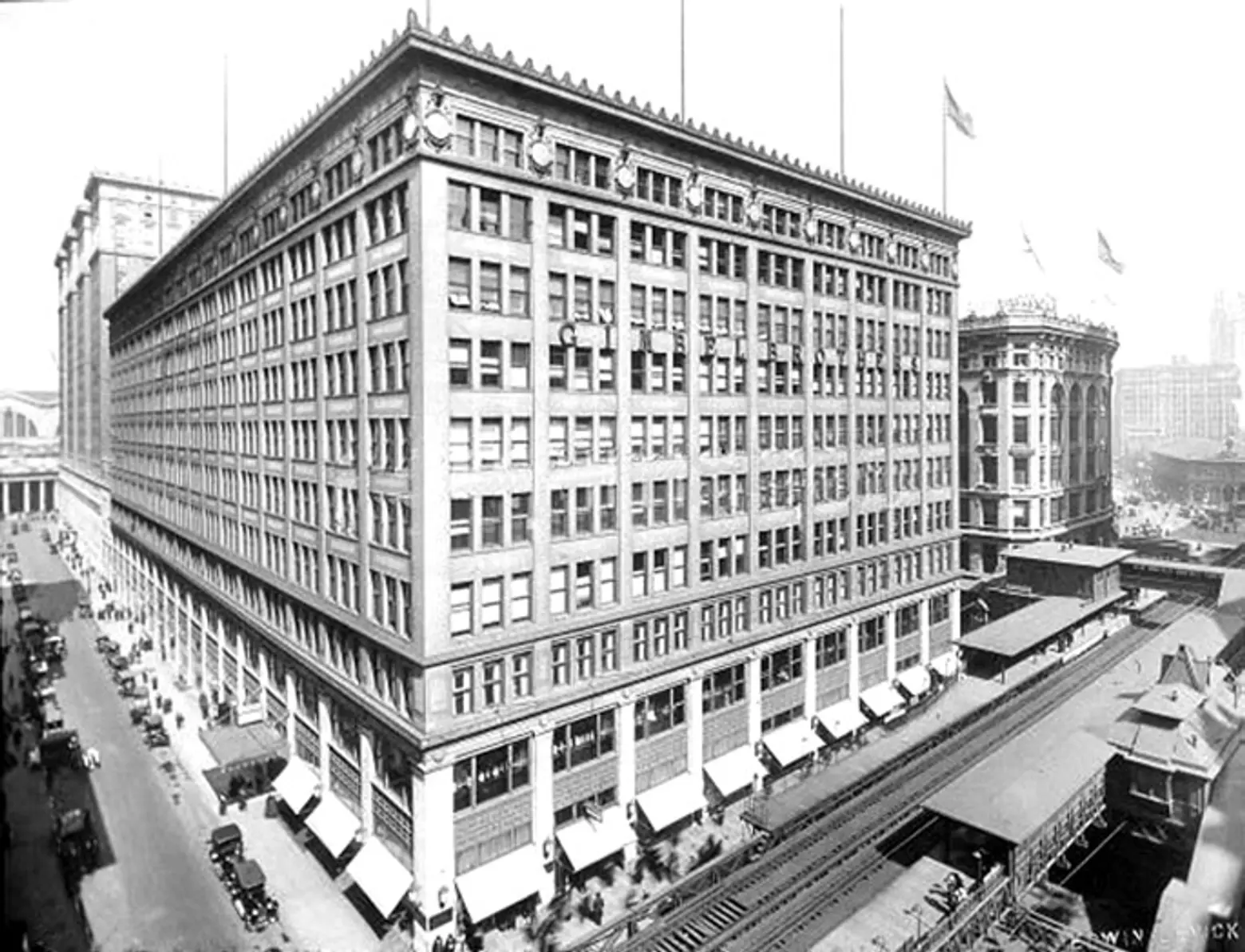 Gimbel Department Store. Image via Department Store Museum.
Gimbel Department Store. Image via Department Store Museum.
Manhattan Mall also had a prior history as Gimbel’s Department Store, which was open until 1984. Leftover is the beautiful skybridge that connected the Gimbel Department Store to its annex across 32nd Street. The three-story structure was designed by Richmond H. Shreve and William F. Lamb, who later helped design the Empire State Building. Today the skybridge is closed, but here is a rare look into its deteriorating interior.
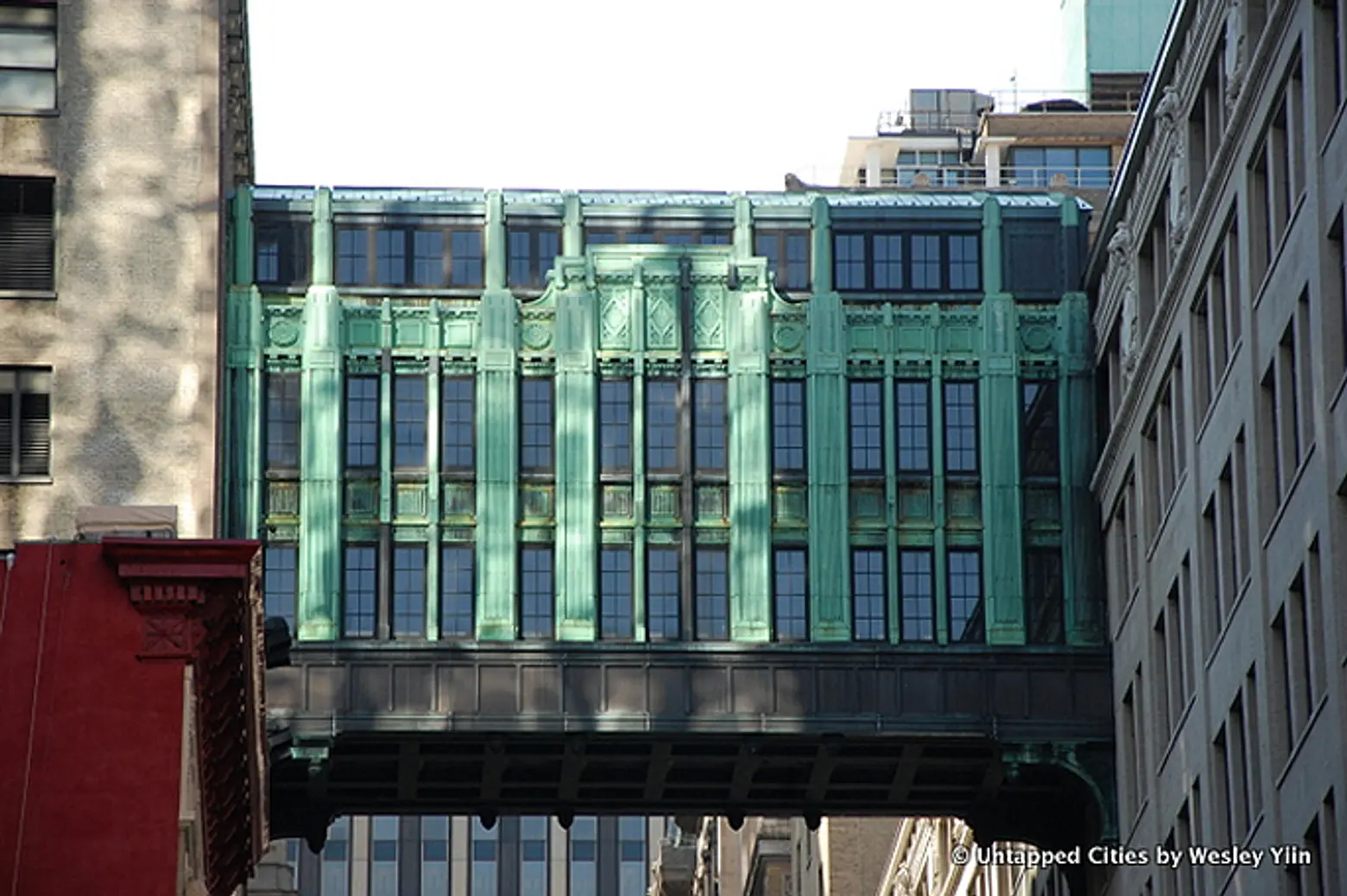
In these vintage photographs, you’ll also notice the elevated rail tracks. The elevated IRT Sixth Avenue line was built in the 1870s, running from Trinity Place and Rector Street near Wall Street to 59th Street. It was demolished in 1939, having been replaced by the underground subway after the community rallied together to have it removed. The streetcars you see in the photographs were replaced by familiar bus routes like the M5.
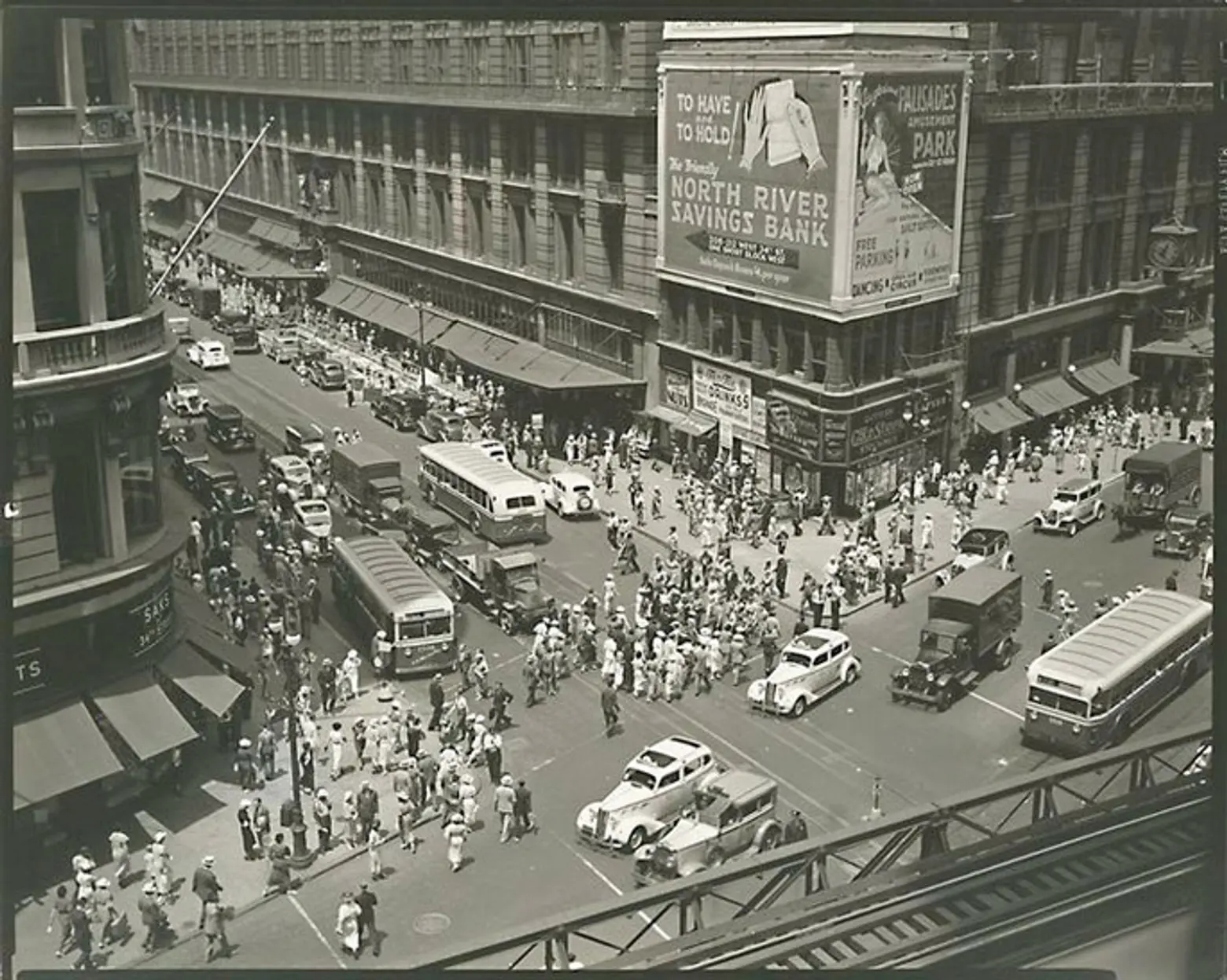 1936, Photo by Berenice Abbott via Wikimedia Commons
1936, Photo by Berenice Abbott via Wikimedia Commons
Herald Square today keeps changing, making a dramatic shift from transportation epicenter to a more pedestrian-friendly intersection. It’s part of Broadway Boulevard, the pedestrianized section of Broadway that extends from Herald Square to Times Square. In Greeley Square Park, UrbanSpace runs Broadway Bites, a seasonal pop-up food market with vendors like Red Hook Lobster Pound, Brooklyn Taco, Gelato Ti Amo, Robert’s and many more. While it seems Herald Square will always be a busy focal point in New York City, it’s fun to remember how it all began: as a calculated bet from a newspaper publisher.
+++
Michelle Young is the founder of Untapped Cities, a publication and tour company about urban exploration and discovery in New York City. She is also an adjunct professor at Columbia University Graduate School of Architecture, Planning and Preservation and is the author of a forthcoming book on the history of Broadway from Arcadia Publishing. Follow her on Twitter @untappedmich.
RELATED:
Get Inspired by NYC.
Leave a reply
Your email address will not be published.
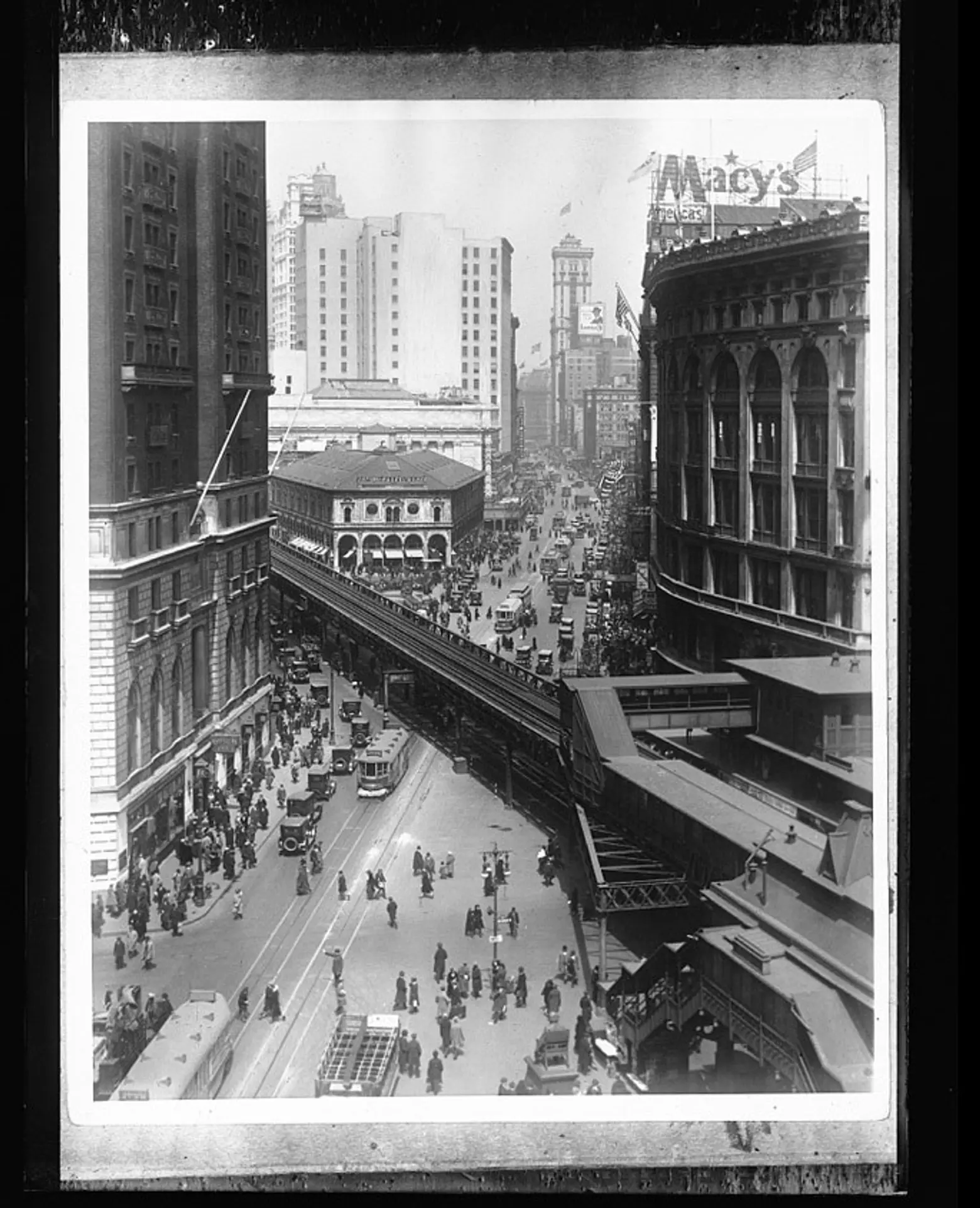


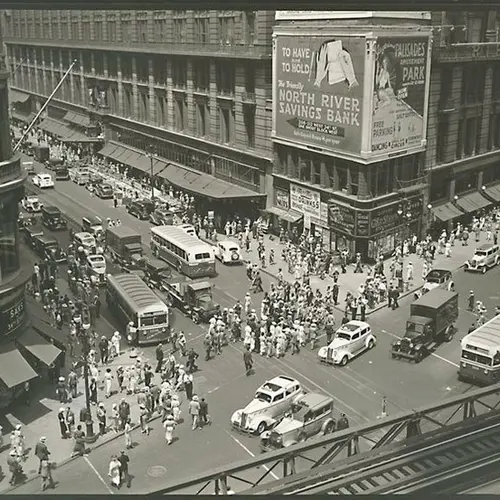
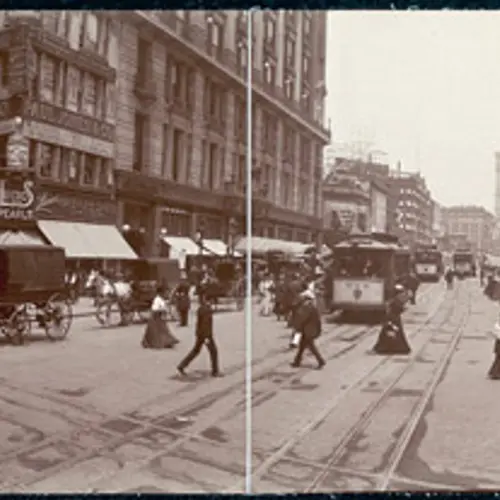
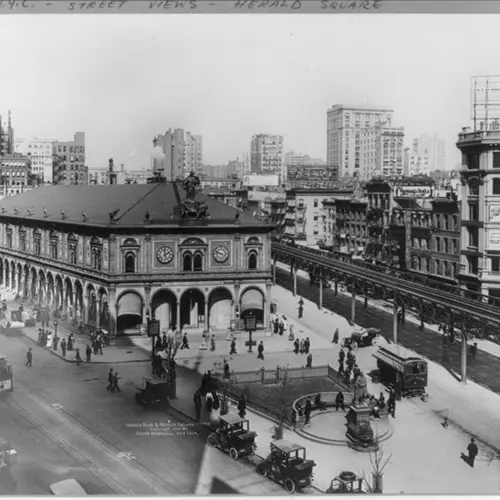
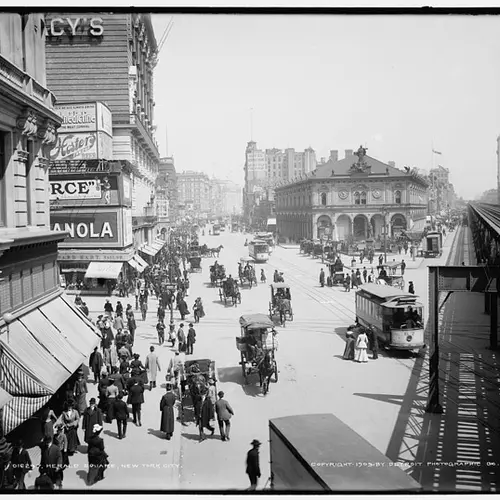
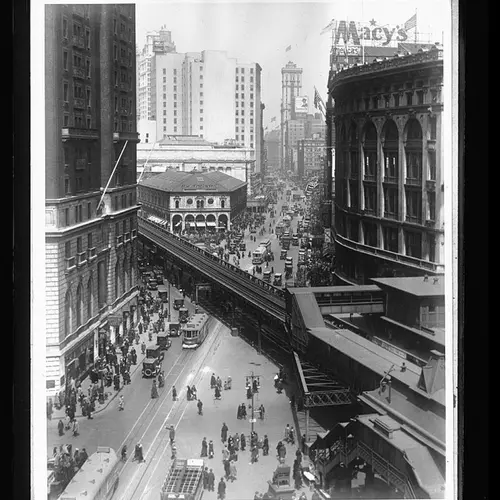
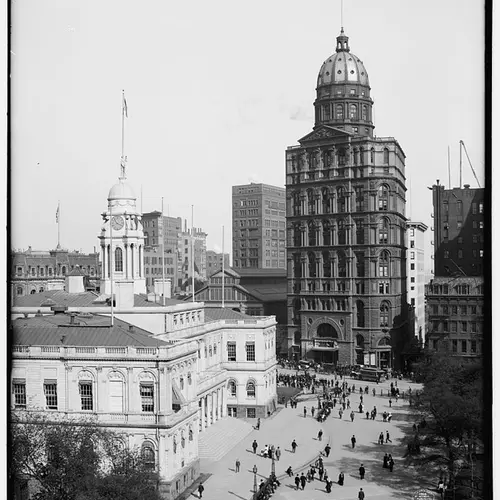
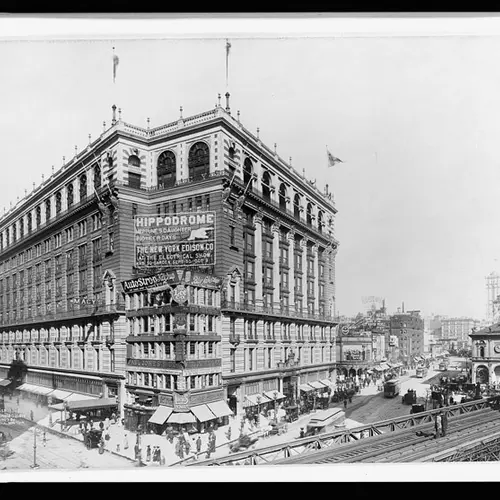
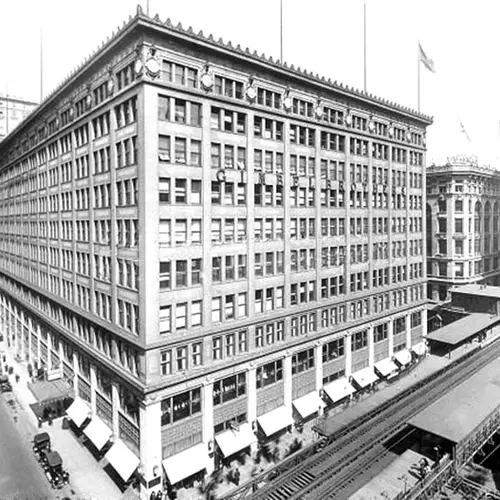
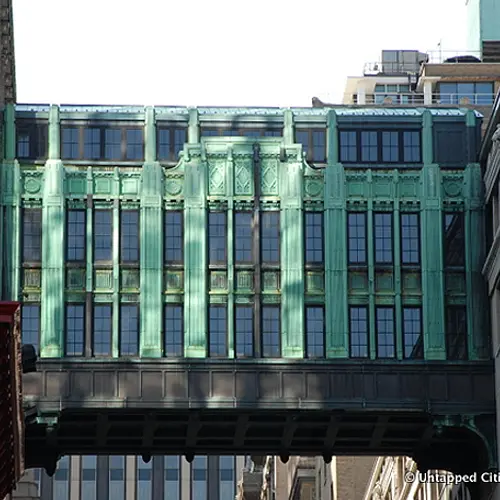



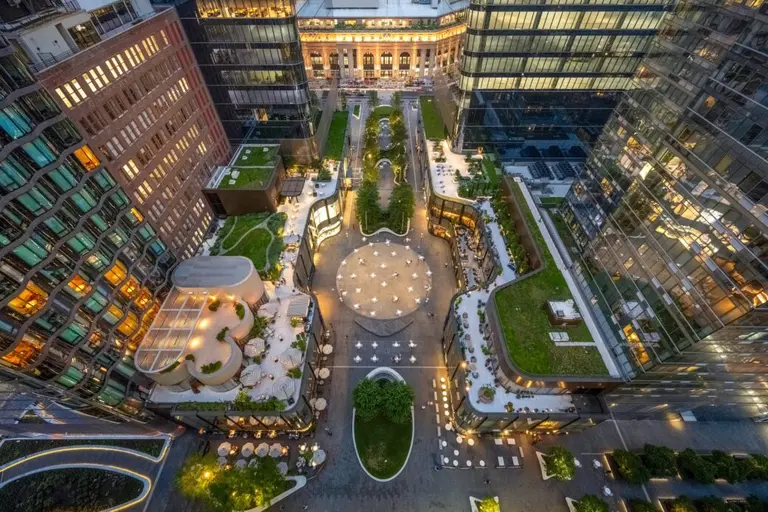
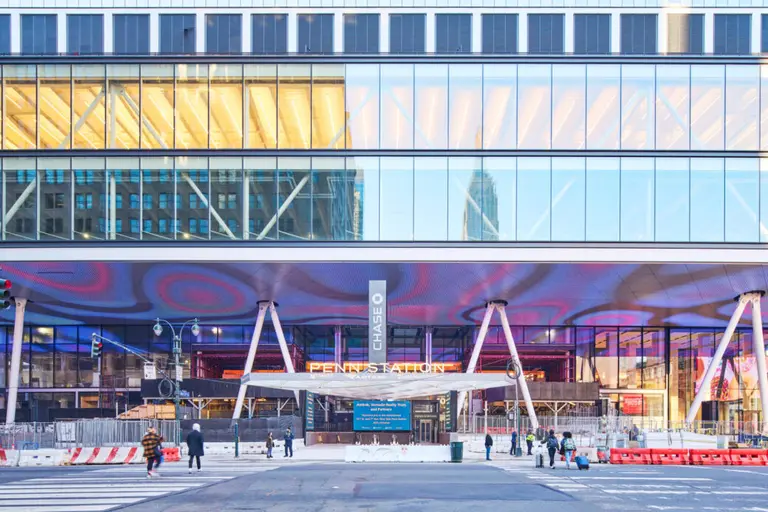
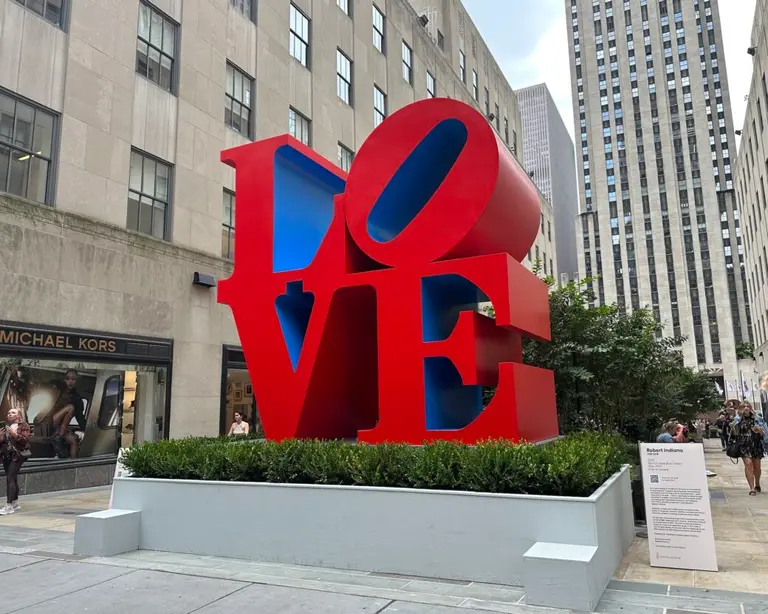
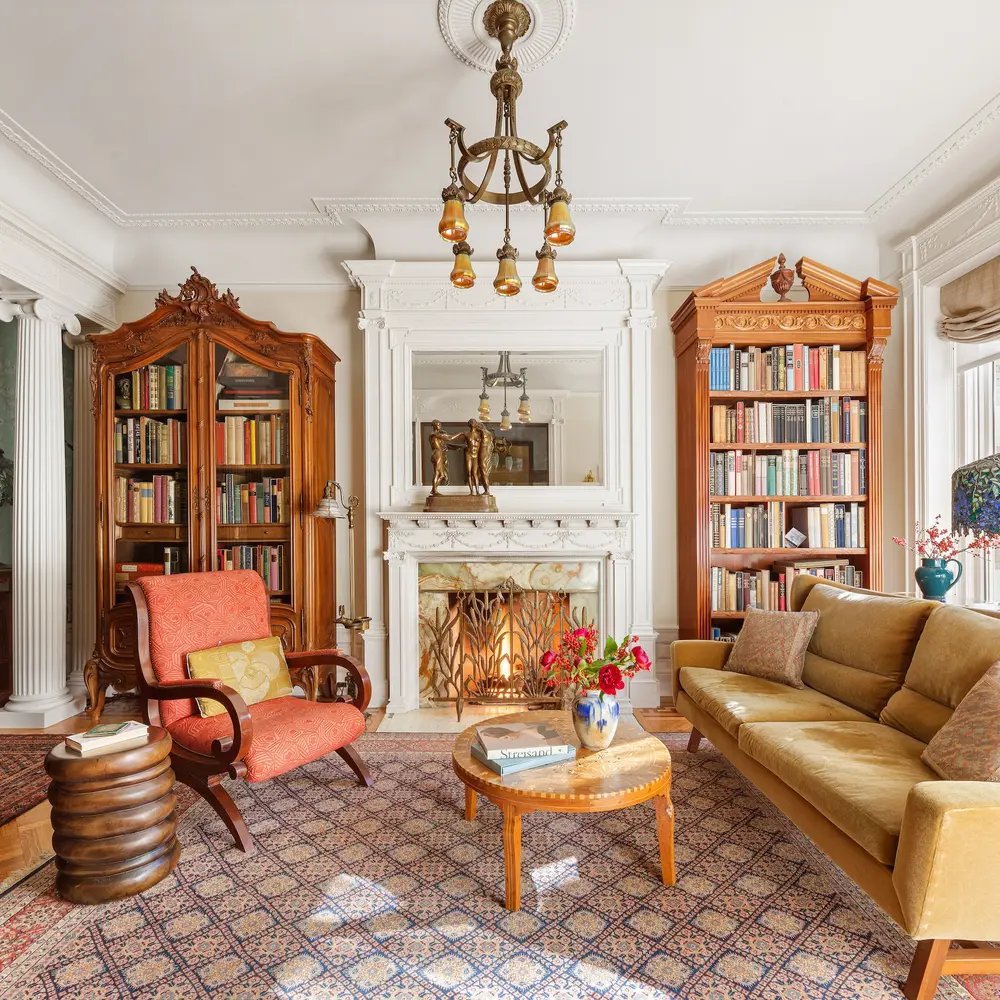
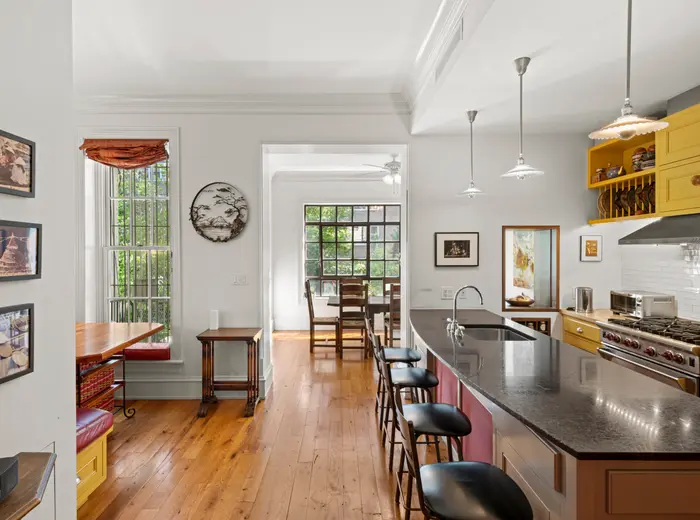
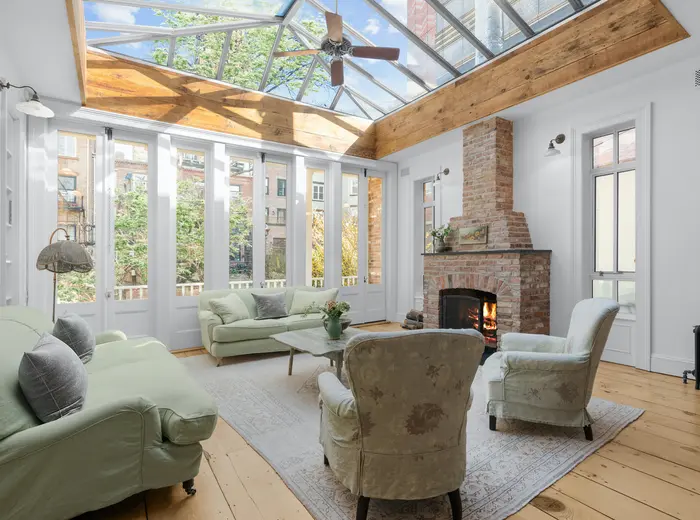
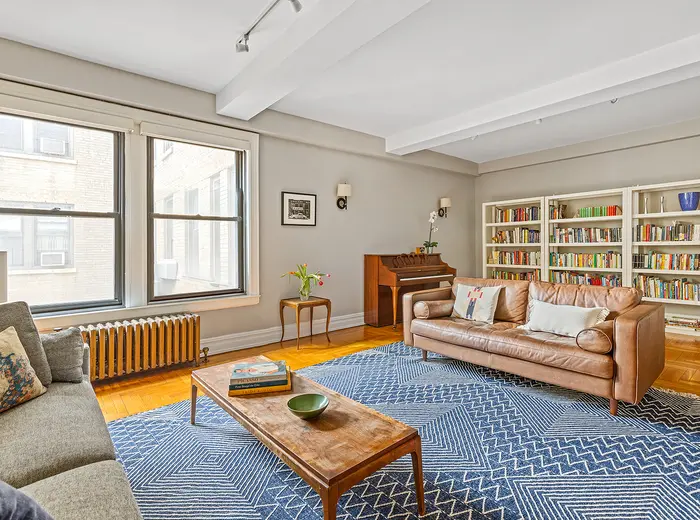

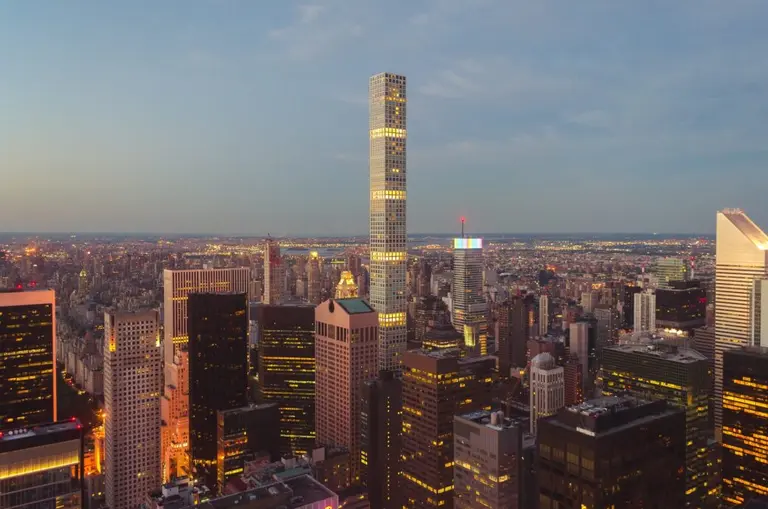
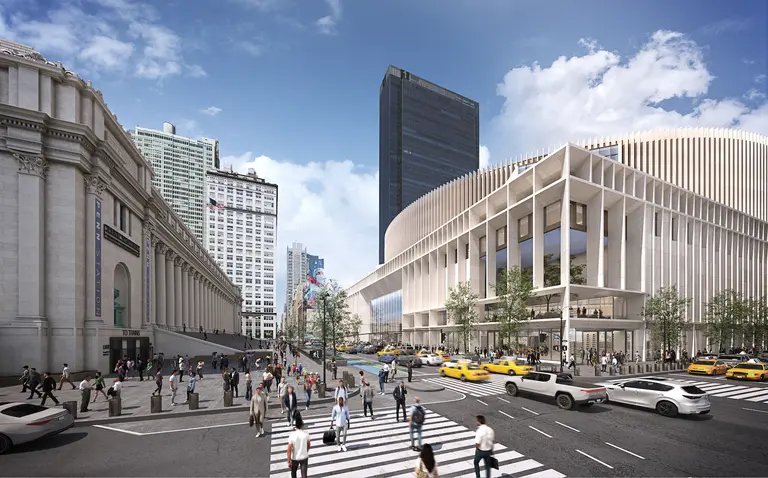
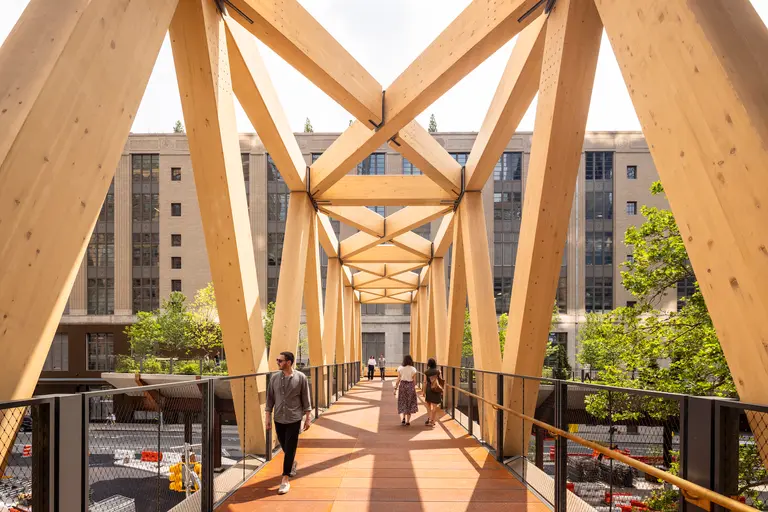
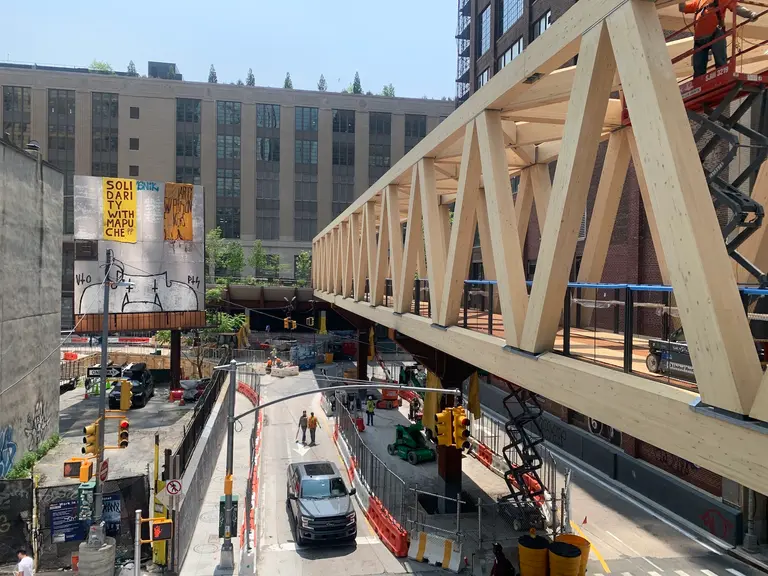

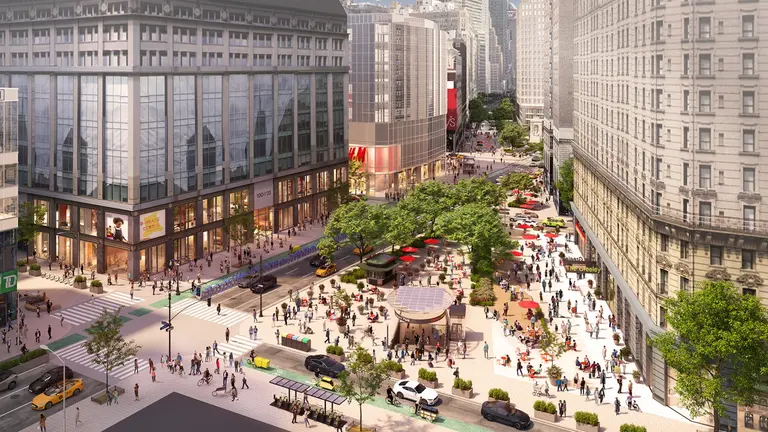











what about the skybridge between the second floor of Gimbels and its subsidiary’ Saks & Co., later named Saks-34th after the opening of the upscale Saks-Fifth Avenue. it was a beautiful building
Gimbels did not close until 1986.